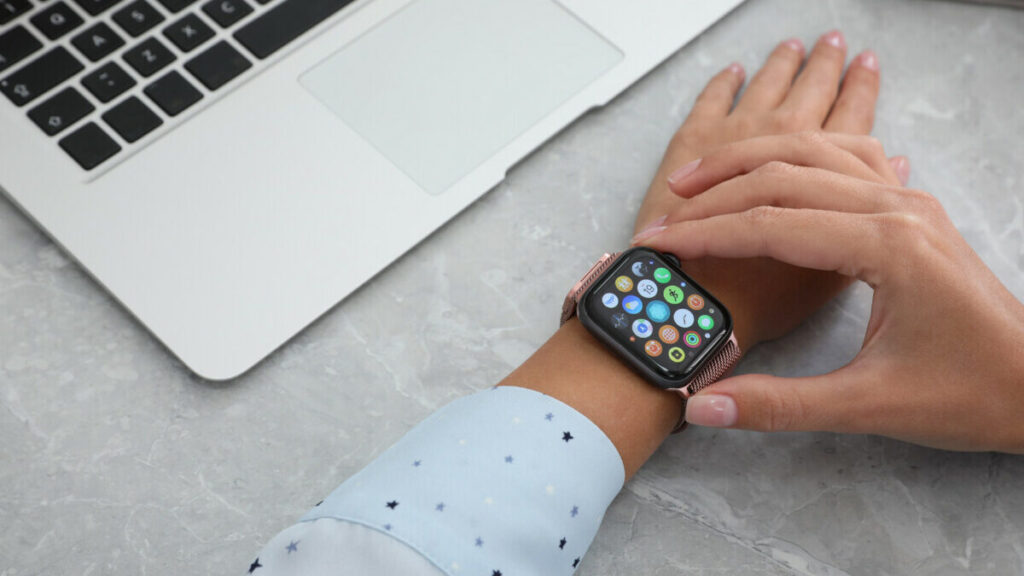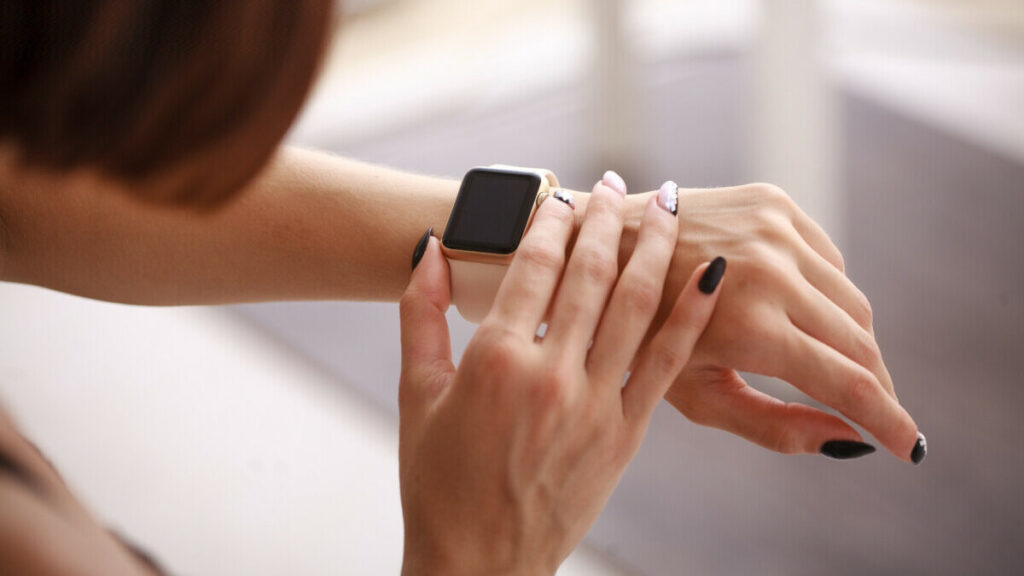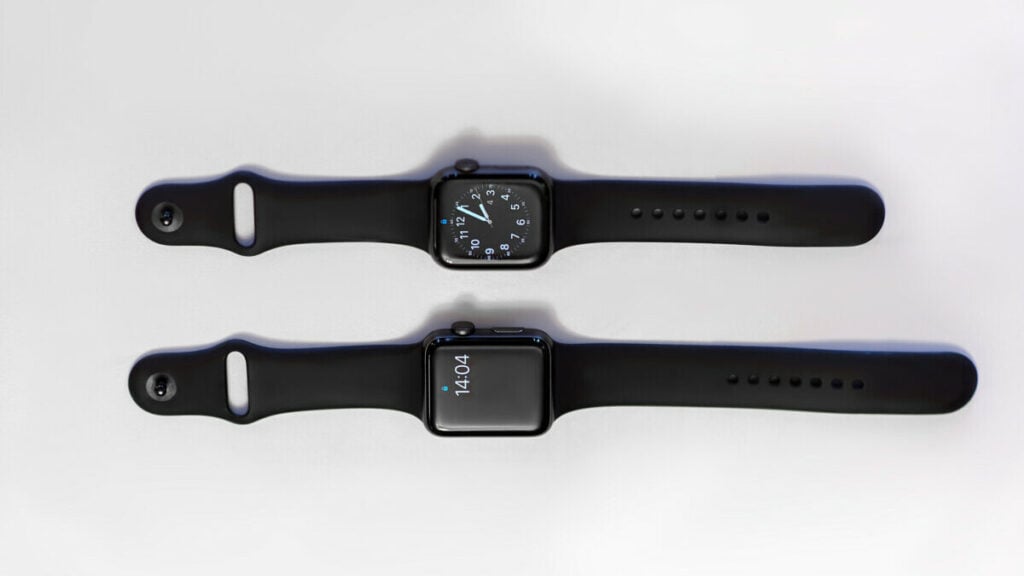Here’s Why I Have To Keep Unlocking My Apple Watch (Explained!)
The Apple Watch has become one of the most common accessories throughout the United States and possibly even the world as it makes it very easy to keep track of texts and calls, while also being able to act as a fitness tracker. There are so many positives that come with the Apple Watch, however, owning one is not all sunshine and roses, as sometimes Apple Watches lock without you wanting them to.
Apple Watches need to be unlocked often when the watch’s sensors cannot detect that a person is wearing it. This happens if the band is loose or the sensors are dirty and blocked. In settings, there is a place to change this so that unlocking the watch is no longer an inconvenience.
So, now you know the main reason that your watch is constantly automatically locking itself, but what about if this is happening when you are wearing your watch? I will cover the problems that Apple Watches have been having with automatically locking and what you can do about it.

Why Does My Apple Watch Keep Locking?
There are certain times when an Apple Watch should lock the display so you have to enter the passcode to use it. If an Apple Watch is locking unexpectedly, the most likely issue is related to the current settings. Specifically, the ‘Wrist Detection’ feature might not be turned on or working as it should.
To check this, open the Watch app on your iPhone, tap ‘Passcode,’ and find the ‘Wrist Detection’ option at the bottom of the page. If the toggle is turned off, tap it to enable Wrist Detection.
If Wrist Detection is already enabled, turn the feature off and back on again. When working normally, having Wrist Detection on means your Apple Watch should remain unlocked whenever you are wearing it.
Your Apple Watch is designed with the same security that other Apple products have. Each product is meant to be locked by you, be connected to your Apple ID, and if ever lost or stolen, it is supposed to be extremely hard to break into the device as well.
So, the watch is designed to lock whenever it is not in use. This means that whenever your watch is on the charger, on the counter, or simply not on your wrist, it is supposed to be locked.
However, if it locks while you are wearing it, then the convenience of having features that are on your phone on your wrist is no longer apparent since it is not becoming quicker to look at your wrist than it is to look at your phone. Luckily, we can prevent your Apple Watch from locking while you are wearing it.
How Do I Stop My Apple Watch From Locking?

If enabling or resetting Wrist Detection doesn’t fix the locking problem, the issue might be related to how the Apple Watch is being worn. Wrist Detection is not as simple as whether the Apple Watch is on your wrist or not. Wearing the watch too loosely can make it think it’s not actually being worn, causing the Apple Watch to incorrectly lock itself.
It may be worth checking the fit and making sure the band isn’t too loose. It may also be worth quickly cleaning the back of the Apple Watch as well.
The Apple Watch uses its health sensors to confirm that it’s being worn. If those sensors are dirty and can’t properly detect your skin, the Wrist Detection feature won’t work correctly.
If the Apple Watch keeps locking itself after all of this, there are some more basic fixes that might work. The most obvious one is to unpair the Apple Watch and iPhone and then pair them again. Doing so may help to make sure the connection between the two is working as it should be, including the Apple Watch knowing when to stay unlocked.
Alternatively, checking both the Apple Watch and iPhone for any pending software updates may also fix any lingering issues and problems, such as an Apple Watch continually locking itself. If all else fails, you might have a defective unit and need to contact Apple’s customer service team to see what’s going on.
Why Do I Have to Unlock My Apple Watch Twice?
According to Apple’s support page, “By default, your Apple Watch locks automatically when you’re not wearing it.”
This is a security measure dictated by Apple’s wrist detection technology. If you take off your watch and set it down somewhere and then someone steals it, this will prevent them from using it and maybe getting access to some of your personal information. It also prevents them from using the watch themselves and pairing it with their phone.

If you’d rather manually lock your Apple Watch so it doesn’t lock you out every time you take it off, here’s what you have to do:
- Open the Settings app on your Apple Watch.
- Tap Passcode, then turn Wrist Detection on or off.
Naturally, if you have your wrist detection off, you may want to lock your Apple watch when it’s off of your hand or you don’t plan on using it for a while. Here’s how to do that:
- Touch and hold the bottom of the screen, then swipe up to open Control Center.
- Tap the lock icon.
However, keep in mind that disabling wrist detection gets rid of a few features. Apple states that the following things will occur once wrist detection is off:
- When you use Apple Pay on your Apple Watch, you’ll be prompted to enter your passcode when you double-click the side button to authorize the payment.
- Some Activity measurements will be unavailable.
- Heart rate tracking and notifications will be turned off.
- Apple Watch will no longer automatically lock and unlock.
- Apple Watch SE and Apple Watch Series 4 and later wonʼt automatically make an emergency call even after it has detected a hard impact fall.
Overall, it is easy to make it so your Apple Watch won’t lock you out while you are still wearing it.